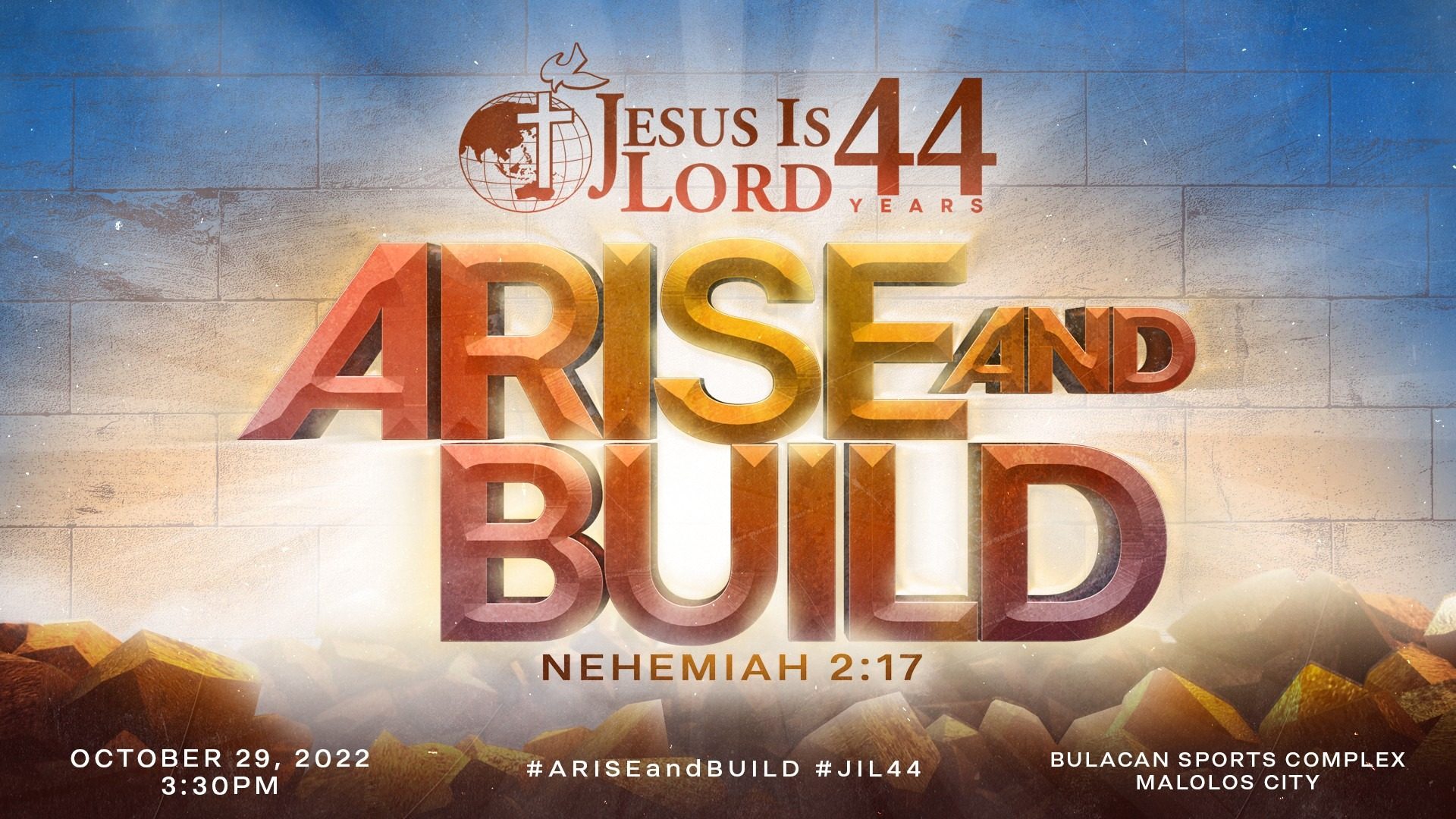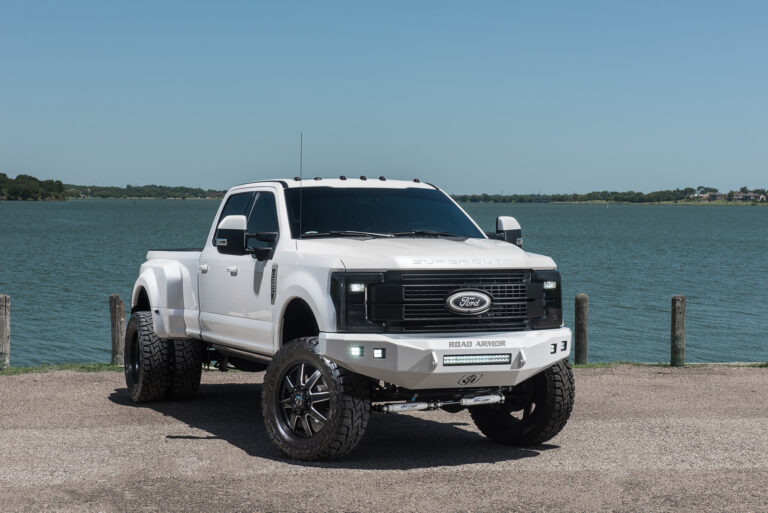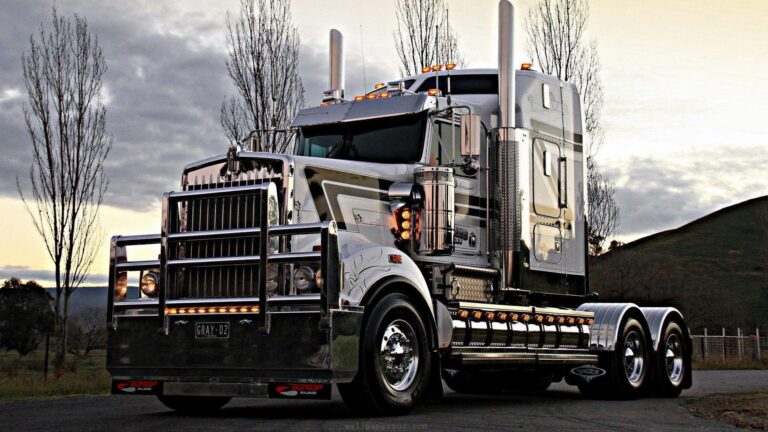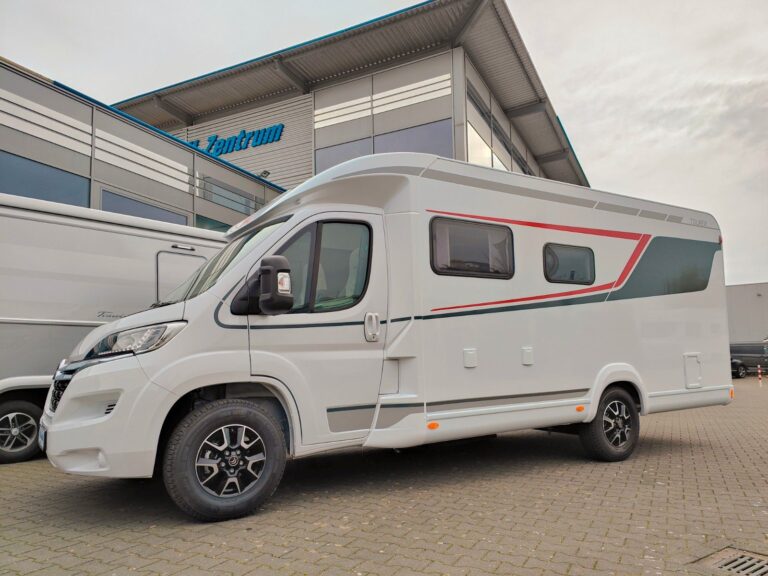Build Flat Bed For Ford Ranger: Unleashing Your Truck’s Full Potential
Build Flat Bed For Ford Ranger: Unleashing Your Truck’s Full Potential cars.truckstrend.com
The Ford Ranger, a stalwart in the compact and mid-size truck market, is celebrated for its reliability, maneuverability, and utility. While its factory bed serves many purposes, for some owners, the standard configuration falls short of their specific needs. This is where the concept of building a custom flatbed comes into play. A flatbed transforms your Ranger into an even more versatile workhorse, offering unparalleled cargo capacity, ease of loading, and customization options not possible with a conventional bed. It’s a project that appeals to tradespeople, off-road enthusiasts, and anyone looking to maximize their truck’s utility and make a statement.
Building a flatbed for your Ford Ranger is more than just a modification; it’s an upgrade that fundamentally alters how you use your truck. It opens up possibilities for hauling oversized loads, custom tool storage, camping setups, or specialized equipment. This comprehensive guide will walk you through the journey of conceptualizing, designing, and constructing a robust and functional flatbed for your Ford Ranger, empowering you to unlock its true potential.
Build Flat Bed For Ford Ranger: Unleashing Your Truck’s Full Potential
Why Build a Flatbed for Your Ranger?
The decision to swap out your Ranger’s standard bed for a custom flatbed is driven by a range of compelling advantages:
- Increased Cargo Capacity: Without the constraints of wheel wells and bed walls, a flatbed provides a much larger, uninterrupted surface area for hauling. This is ideal for pallets, lumber, large machinery, or any irregularly shaped items that simply won’t fit in a traditional bed.
- Easier Loading and Unloading: With access from all three sides (rear and both sides), loading and unloading becomes significantly simpler, whether by hand, forklift, or crane. This drastically reduces effort and time, especially for bulkier items.
- Enhanced Customization: A flatbed is a blank canvas. You can easily add custom toolboxes, under-bed storage compartments, ladder racks, removable stake sides, integrated tie-down points, or even mount specialized equipment like welders or generators directly to the deck.
- Durability and Longevity: Factory beds can be prone to rust and damage from heavy use. A well-built custom flatbed, often constructed from steel or aluminum, can be designed to withstand more abuse and offer superior long-term durability, especially if properly treated and maintained.
- Improved Aesthetics (Subjective): For many, a well-designed flatbed gives the Ranger a rugged, utilitarian, and unique appearance that stands out from the crowd.
- Optimized Weight Distribution: When designed correctly, a flatbed can help distribute heavy loads more evenly across the truck’s chassis, potentially improving handling and reducing stress on the suspension components.
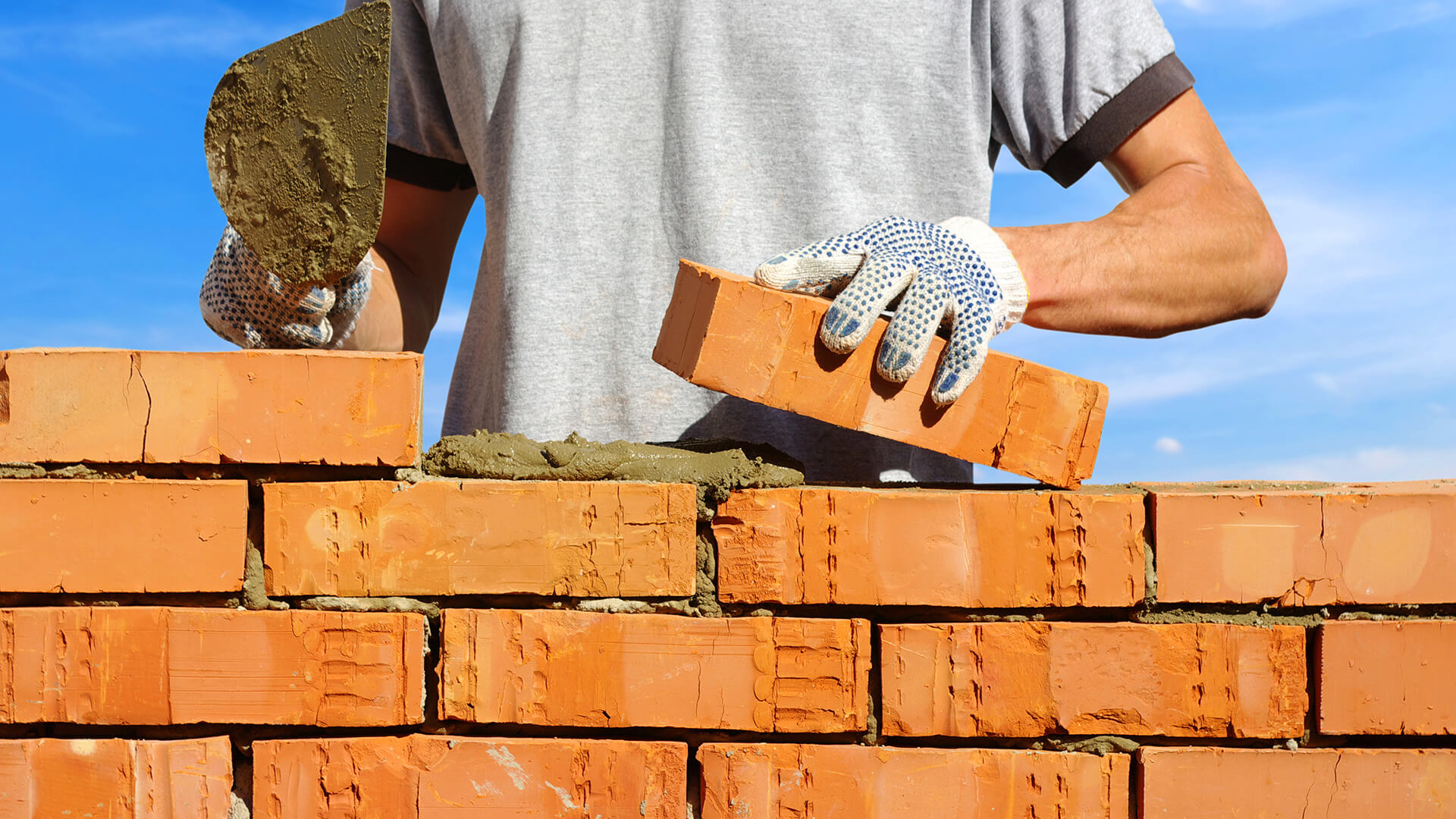
Is a Flatbed Right for Your Ranger? Key Considerations
Before you grab your welder and grinder, it’s crucial to assess if a flatbed conversion aligns with your needs and your Ranger’s capabilities.
- Intended Use: What will you primarily use the flatbed for? Heavy hauling, off-roading, camping, or a combination? Your primary use will dictate design, material choice, and necessary features.
- Legal Implications: Flatbed conversions can have legal implications regarding vehicle length, width, lighting, mud flaps, and registration in some regions. Research your local and state regulations thoroughly before beginning.
- Weight and Payload Capacity: Your Ranger has a Gross Vehicle Weight Rating (GVWR) and a payload capacity. The weight of your new flatbed (and its cargo) must remain within these limits. An overly heavy flatbed will reduce your available payload and can strain the truck’s suspension, brakes, and drivetrain.
- Chassis Modifications: While some flatbeds can bolt directly to existing frame mounts, others may require minor chassis modifications, such as relocating spare tire mounts, fuel filler necks, or exhaust components.
- Resale Value: A custom flatbed may appeal to a niche market, but it could potentially limit the resale value compared to a stock truck for the average buyer.
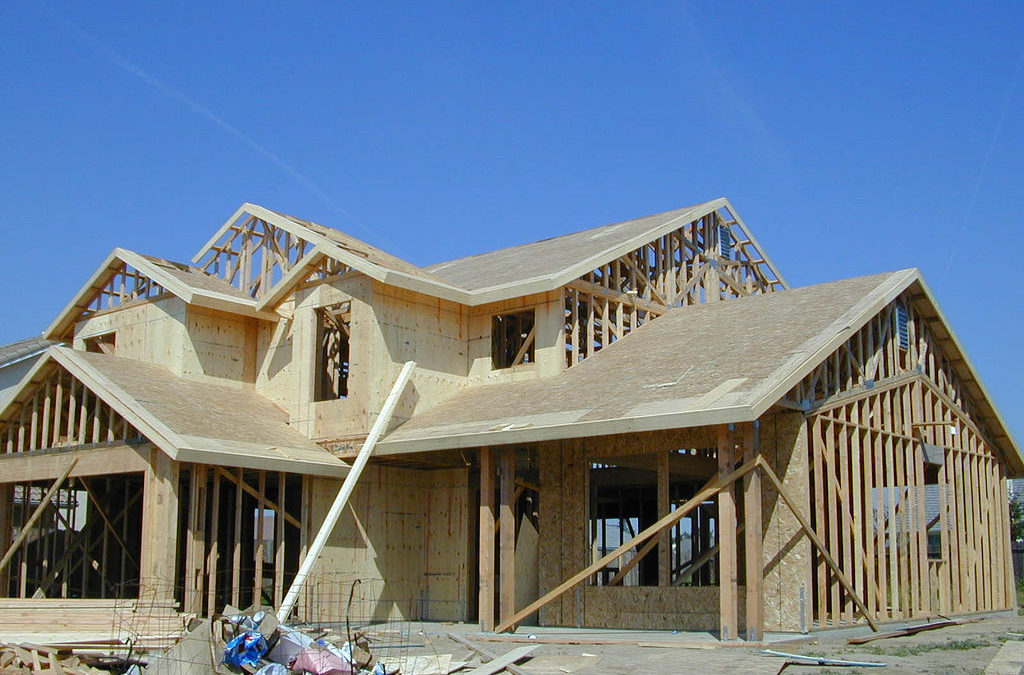

Planning Your Flatbed Build: The Blueprint for Success
Thorough planning is the cornerstone of a successful flatbed conversion. This phase involves critical design decisions and material selection.
-
Design and Dimensions:
- Length and Width: Measure your Ranger’s frame and consider your typical cargo. A common flatbed width is the same as the cab or slightly wider, while length often extends just past the rear tires or slightly beyond. Ensure adequate clearance for the tires during suspension articulation.
- Headache Rack: Essential for protecting the cab from shifting loads. Design it to be sturdy and potentially incorporate lighting.
- Deck Height: Consider the height relative to the frame for ease of loading and overall aesthetics.
- Attachment Points: Plan how the flatbed will securely bolt to the Ranger’s frame. Utilize existing factory bed mounts where possible, or design robust new ones.
-
Material Choices:
- Steel: The most common choice due to its strength, durability, and relatively low cost. However, it’s heavier and prone to rust if not properly treated. Mild steel tubing (e.g., 2×4 or 2×3 rectangular tube) is often used for the frame, with steel plate or diamond plate for the decking.
- Aluminum: Lighter than steel, offering better fuel economy and less impact on payload capacity. It’s corrosion-resistant but more expensive and requires specialized welding techniques.
- Wood: A budget-friendly option for the decking, often used in conjunction with a steel frame. It’s easy to work with but less durable and requires more maintenance (sealing, painting).
- Composite Materials: Offer a good strength-to-weight ratio and corrosion resistance, but are typically the most expensive and specialized.
-
Tools and Equipment:
- Welder: Essential for metal fabrication (MIG or TIG recommended for steel/aluminum).
- Grinder and Cut-off Saw: For shaping and cutting metal.
- Measuring Tools: Tape measure, square, level, angle finder.
- Safety Gear: Welding helmet, gloves, eye protection, hearing protection, respirator.
- Drill, Fasteners, Paint/Primer.
- Jack Stands and Floor Jack: For safe vehicle support.
-
Budgeting: Itemize all materials, tools (if purchasing), and potential outsourced services (e.g., professional welding, powder coating). Factor in unforeseen expenses.
The Build Process: A Step-by-Step Guide
This is a generalized guide; specific steps may vary based on your design and Ranger model.
-
Preparation:
- Remove Old Bed: Disconnect tail lights, fuel filler, and any other wiring/hoses. Unbolt the bed from the frame.
- Clean Chassis: Thoroughly clean the exposed frame rails, removing rust, dirt, and debris. Inspect the frame for any damage.
- Relocate Components (If Necessary): Address the spare tire, fuel filler, and exhaust if they interfere with your flatbed design.
-
Frame Construction:
- Measure and Cut: Cut your chosen material (e.g., steel tubing) to the precise dimensions for the main rails and crossmembers.
- Assemble Frame: Lay out the pieces on a flat, level surface. Weld the main rails and crossmembers together, ensuring everything is square and level. Use clamps to hold pieces in place.
- Mounting Brackets: Fabricate and weld strong mounting brackets that align with the Ranger’s frame mounting points. These are critical for the flatbed’s security.
-
Decking Installation:
- Cut Decking Material: Cut your chosen decking (steel plate, aluminum, wood planks) to fit the frame.
- Secure Decking: Weld, bolt, or screw the decking securely to the flatbed frame. If using wood, pre-drill holes and use carriage bolts for a flush finish.
-
Lighting and Wiring:
- Legal Compliance: Ensure all necessary lights (tail lights, brake lights, turn signals, reverse lights, license plate light, side markers, reflectors) are installed and correctly wired.
- Wiring Harness: Extend or splice into the Ranger’s existing wiring harness. Use proper connectors, heat shrink, and loom to protect wiring from the elements.
-
Side Rails and Headache Rack (Optional but Recommended):
- Headache Rack: Fabricate and weld a robust headache rack to the front of the flatbed frame. This protects the cab and can incorporate additional lighting.
- Side Rails/Stake Pockets: If desired, add removable stake pockets for wooden side rails or weld on fixed low-profile sides.
-
Finishing:
- Grinding and Smoothing: Grind down welds for a clean, professional appearance.
- Rust Prevention: For steel, apply a high-quality primer and then a durable topcoat (e.g., bed liner paint, automotive paint, powder coating). This is vital for longevity.
- Undercoating: Consider undercoating the entire flatbed to protect against road grime and corrosion.
Important Considerations & Safety
- Weight Distribution and GVWR: Always be mindful of your Ranger’s Gross Vehicle Weight Rating (GVWR) and axle ratings. Distribute loads evenly to maintain stability and prevent overloading one axle.
- Center of Gravity: A higher load or flatbed can raise the truck’s center of gravity, affecting handling, especially in turns or on uneven terrain.
- Legal Requirements: Reiterate the importance of checking local laws regarding vehicle dimensions, lighting, and registration changes.
- Safety First: When welding, cutting, or grinding, always wear appropriate personal protective equipment (PPE). Work in a well-ventilated area and have a fire extinguisher nearby.
- Professional Help: If you’re not confident in your welding or fabrication skills, consider hiring a professional for critical structural welds or the entire build.
Customization and Accessories
The beauty of a flatbed is its adaptability. Consider these popular additions:
- Under-Bed Toolboxes: Lockable compartments mounted beneath the deck for secure storage.
- Integrated Tie-Down Points: D-rings or other tie-downs welded directly into the frame for secure cargo strapping.
- Removable Sides/Gates: Allows for flexible cargo management, from open flatbed to enclosed hauling.
- Auxiliary Lighting: Work lights, reverse lights, or off-road lighting integrated into the headache rack or under the deck.
- Gooseneck or Fifth-Wheel Prep: For heavy-duty towing, though less common for a Ranger due to its lower towing capacity compared to full-size trucks.
Estimated Price Table for Building a Ford Ranger Flatbed
Please note: These are estimates and can vary significantly based on material quality, local prices, whether you DIY or hire out, and your specific design choices.
| Component Category | Description | Estimated Low Cost (USD) | Estimated High Cost (USD) |
|---|---|---|---|
| Frame Materials | Steel (Rectangular Tubing, Plate) | $300 | $800 |
| Aluminum (Rectangular Tubing, Plate) | $800 | $2,000 | |
| Decking Materials | Steel Diamond Plate (New) | $200 | $600 |
| Aluminum Diamond Plate (New) | $400 | $1,000 | |
| Marine Grade Plywood / Treated Lumber | $100 | $300 | |
| Fasteners & Hardware | Bolts, Nuts, Washers, Screws, Hinges (for gates) | $50 | $150 |
| Electrical | LED Tail Lights, Brake Lights, Turn Signals, Reverse Lights, License Plate Light | $100 | $300 |
| Wiring Harness, Connectors, Loom | $50 | $150 | |
| Finishing & Safety | Primer, Paint (Rust-oleum, Bed Liner Coating) | $50 | $200 |
| Reflective Tape, Mud Flaps | $20 | $80 | |
| Miscellaneous | Grinding Discs, Welding Rods/Wire, Cutting Discs | $50 | $150 |
| Optional Add-ons | Under-Bed Toolboxes (per pair) | $150 | $500 |
| D-Ring Tie-downs (pack of 4) | $20 | $50 | |
| Auxiliary LED Work Lights | $50 | $200 | |
| Labor (if outsourced) | Professional Fabrication/Welding (per hour) | $75 | $150+ |
| Total Estimated Cost (DIY) | $990 | $3,880 | |
| Total Estimated Cost (Pro Assisted/Full Build) | $2,000 | $6,000+ |
Note: These prices do not include the cost of major tools like a welder, grinder, or plasma cutter, which can add hundreds to thousands of dollars if you don’t already own them.
Frequently Asked Questions (FAQ)
Q1: Is building a flatbed legal for my Ford Ranger?
A1: Legality varies by region. You must comply with local and state laws regarding vehicle dimensions (width, length), lighting requirements (tail lights, brake lights, turn signals, reflectors), and potentially vehicle registration updates. Always research your specific jurisdiction’s regulations.
Q2: How much weight can a custom flatbed hold?
A2: The flatbed’s capacity is limited by your Ford Ranger’s Gross Vehicle Weight Rating (GVWR) and individual axle ratings, not just the flatbed’s strength. A well-built flatbed itself can be very strong, but you must not exceed the truck’s factory-rated payload capacity.
Q3: How long does it take to build a flatbed?
A3: For an experienced DIY enthusiast, a basic flatbed might take 40-80 hours. For beginners, it could be significantly longer, potentially 100+ hours, spread out over several weekends. Professional fabrication shops can often complete the work in a few days to a week.
Q4: Can I build a flatbed without welding experience?
A4: While some no-weld flatbed kits exist, most custom flatbeds require welding for structural integrity. If you lack welding experience, consider taking a welding course, borrowing/renting equipment and practicing, or hiring a professional welder for the frame construction.
Q5: What’s the best material for a flatbed?
A5: There’s no single "best." Steel is strong, affordable, but heavy. Aluminum is lightweight, corrosion-resistant, but more expensive and harder to weld. Wood is cheap for decking but less durable. Your choice depends on your budget, desired weight, and fabrication skills.
Q6: Does a flatbed affect the resale value of my Ford Ranger?
A6: It depends on the buyer. For someone needing a highly versatile work truck, a well-built flatbed can be an asset. However, for a typical private buyer looking for a standard truck, it might limit appeal and potentially reduce resale value, as it’s a specialized modification.
Conclusion
Building a flatbed for your Ford Ranger is an ambitious yet incredibly rewarding project. It transforms a capable pickup into an even more versatile and powerful tool, tailored precisely to your needs. From expanding your cargo capabilities to enabling specialized equipment mounting, the benefits are clear. While it requires careful planning, a significant time investment, and a commitment to safety, the satisfaction of creating a custom, functional extension of your truck is immense. By thoroughly understanding the process, choosing the right materials, and adhering to safety protocols, you can confidently embark on this journey and unleash the full potential of your Ford Ranger.
